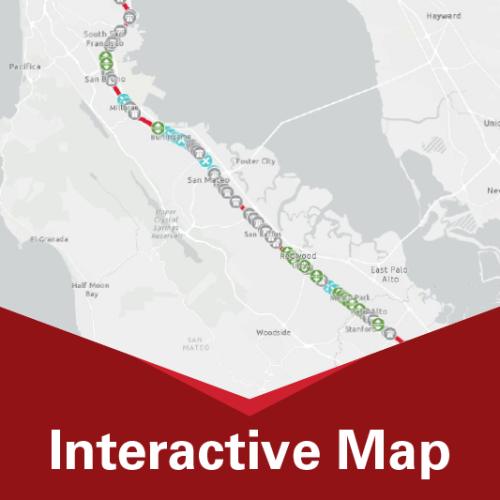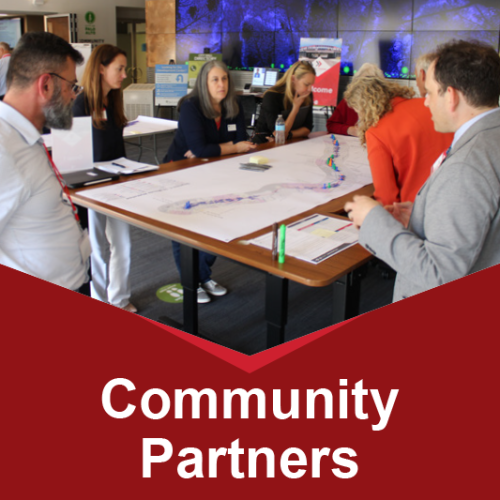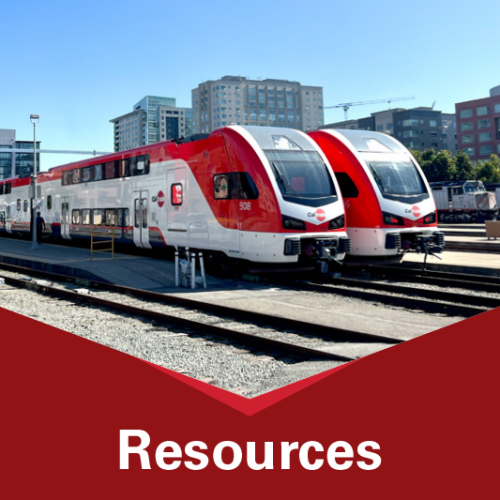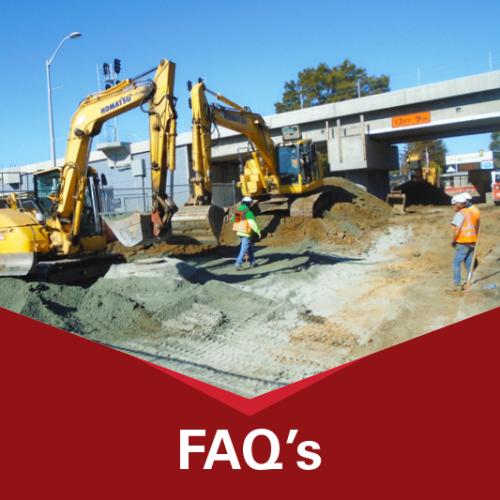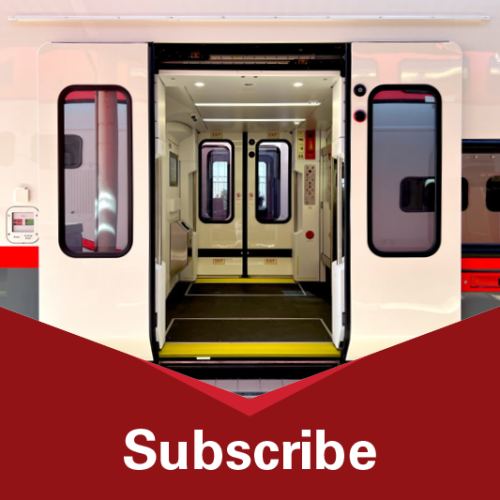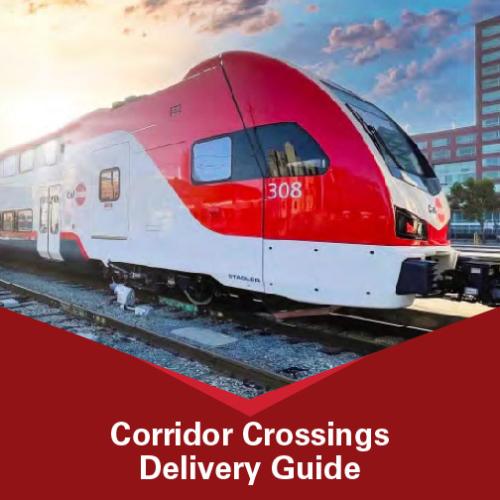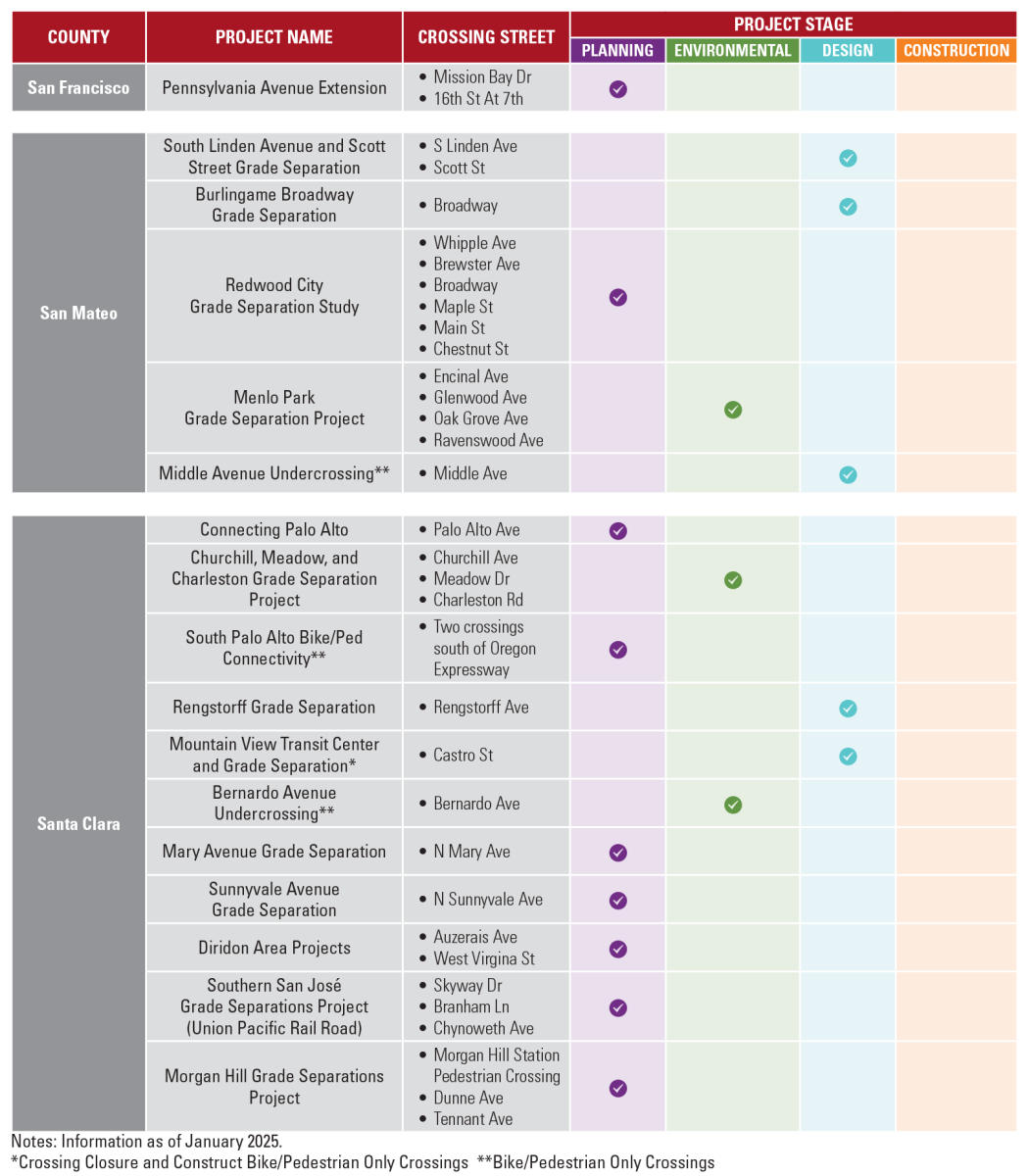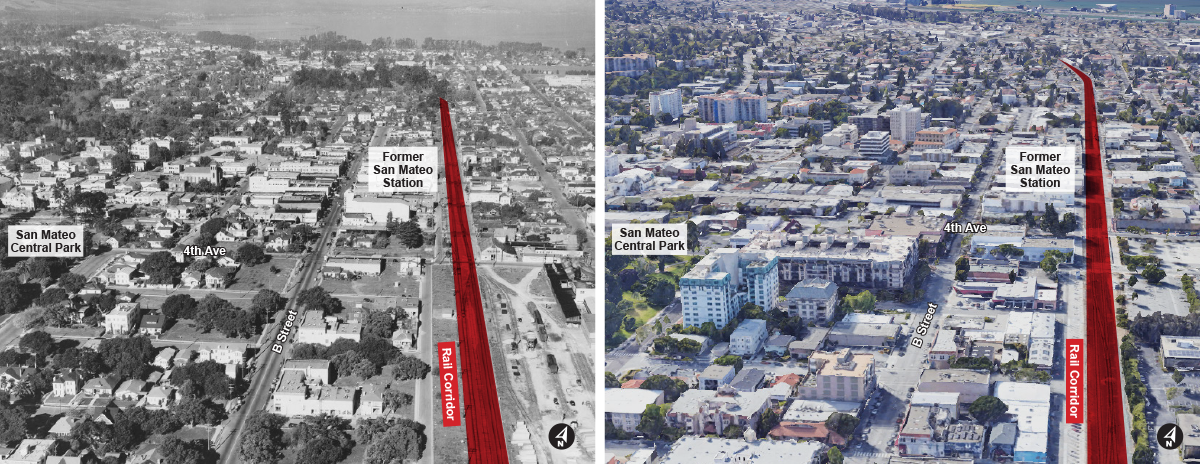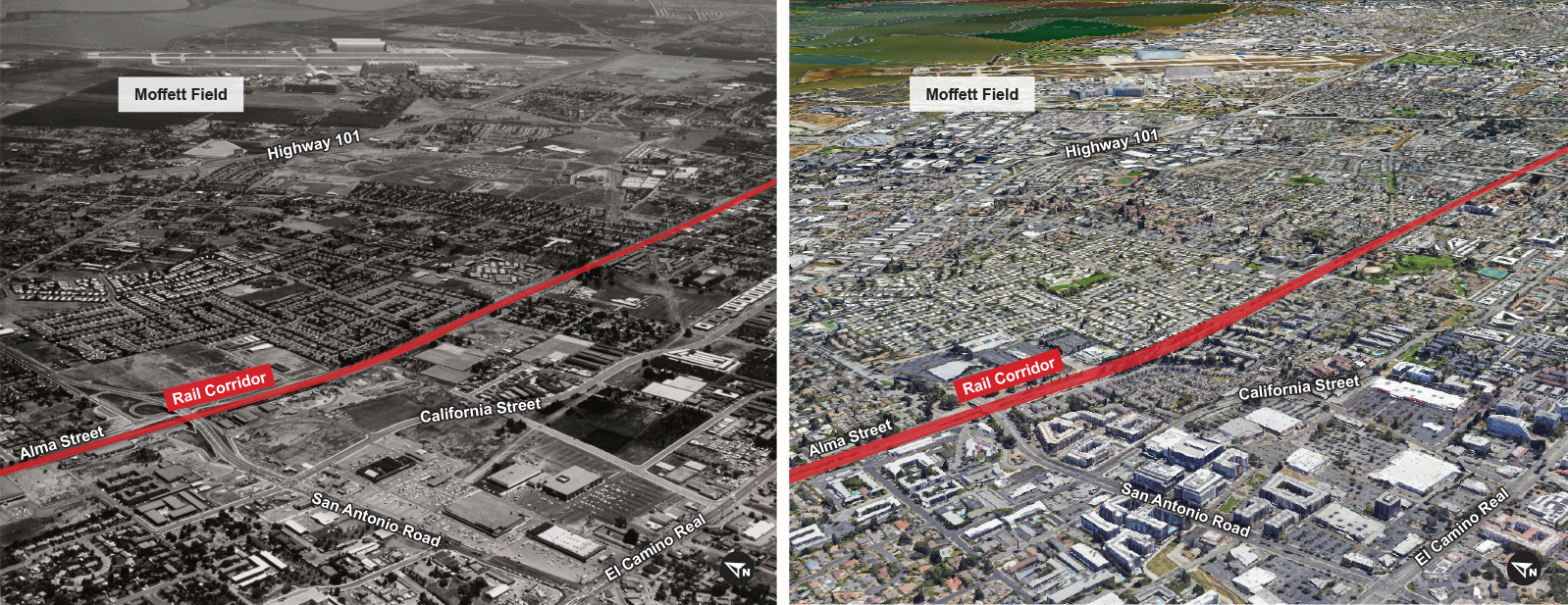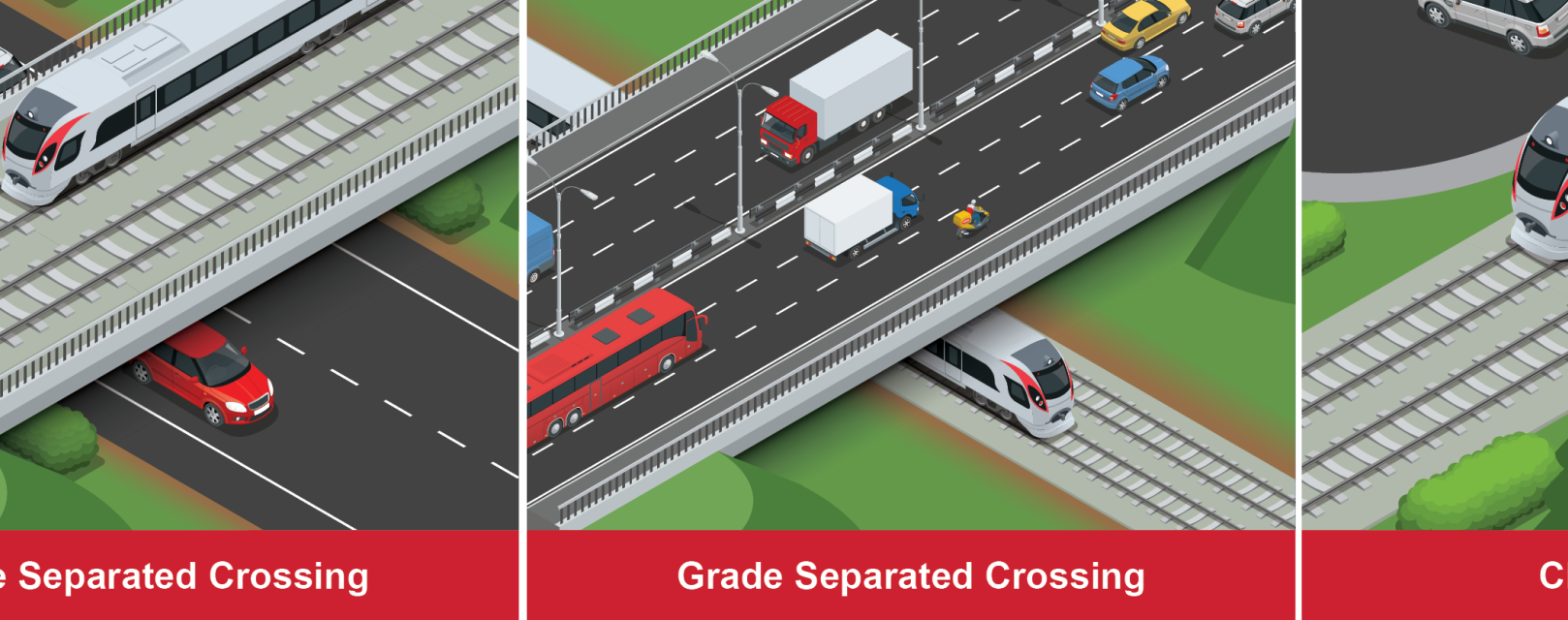
There are currently 71 ‘at-grade’ crossings along the Caltrain corridor, meaning an intersection where a road crosses railroad tracks at the same level. Caltrain is working with partners via the Corridor Crossings Strategy (CCS), including JPB member agencies, regional agencies, corridor jurisdictions, and the broader community, to identify areas for enhancement in the current grade separation project delivery process. The goal is to develop a corridor-wide approach to grade separation and/or rail crossing closure projects in order to elevate their importance in infrastructure funding as a shared regional responsibility.
It should be noted that current grade separations projects will continue in parallel to this effort. For information regarding active corridor projects, please refer to the interactive map.
DRAFT CCS Programs Initiation Report Release
Through close collaboration among Caltrain and its corridor partners (Transportation Authorities, and corridor jurisdictions), the DRAFT Corridor Crossings Strategy (CCS) Safety Enhancement and Elimination Programs Initiation Report and accompanying appendices are now available at the links below. These draft documents are currently under the corridor partners' review. Caltrain will be presenting the DRAFT CCS Programs at the December JPB and January LPMG meetings. Please reach out to CaltrainGCA@caltrain.com for questions.
- CCS Programs Brochure
- DRAFT CCS Safety Enhancement and Elimination Programs Initiation Report
- Appendix A: Identified Projects
- Appendix B: Safety Enhancement Program
- Appendix C: Elimination Program
- Appendix D: Crossing Database
- Appendix E: Potential Funding Sources

